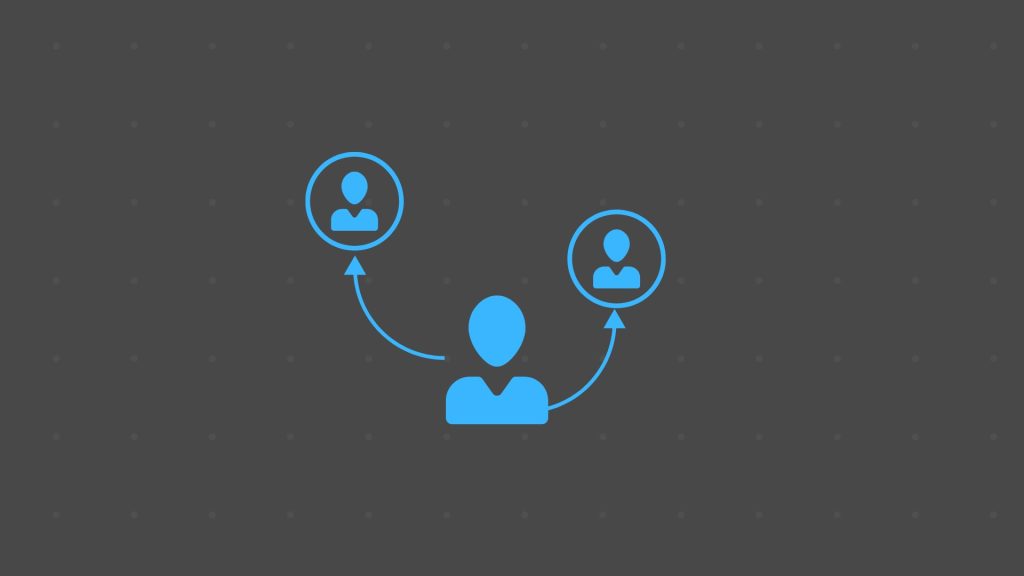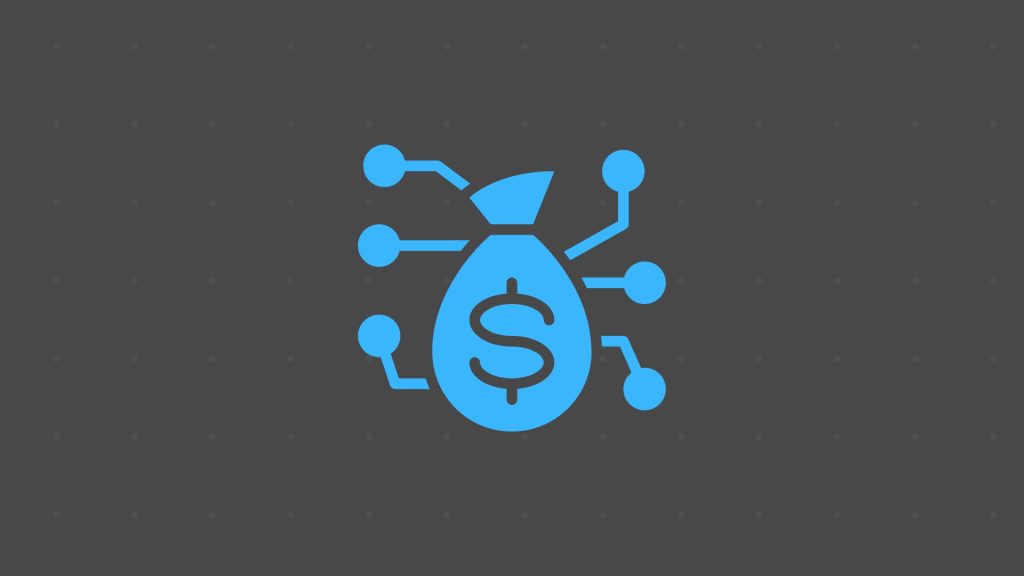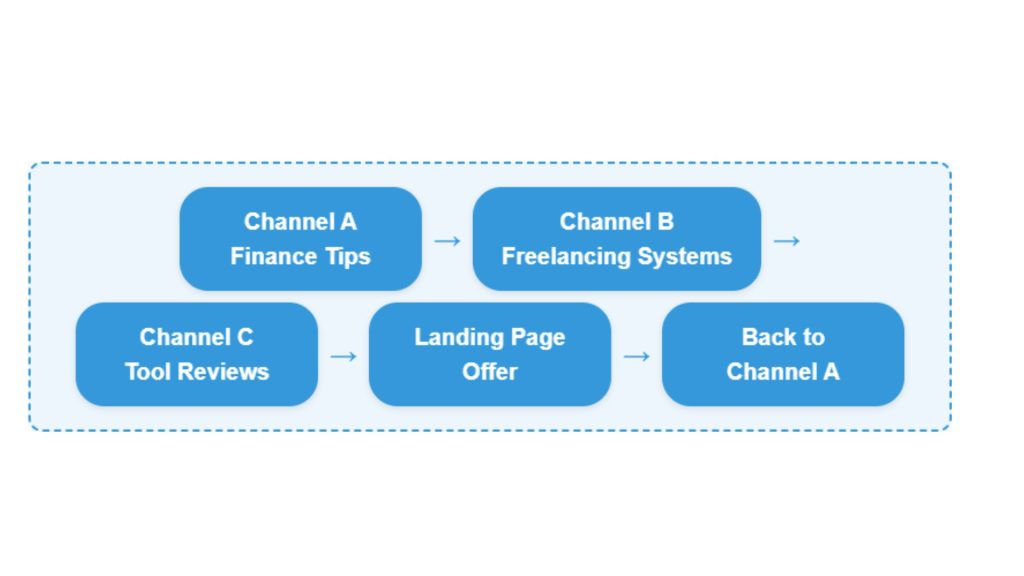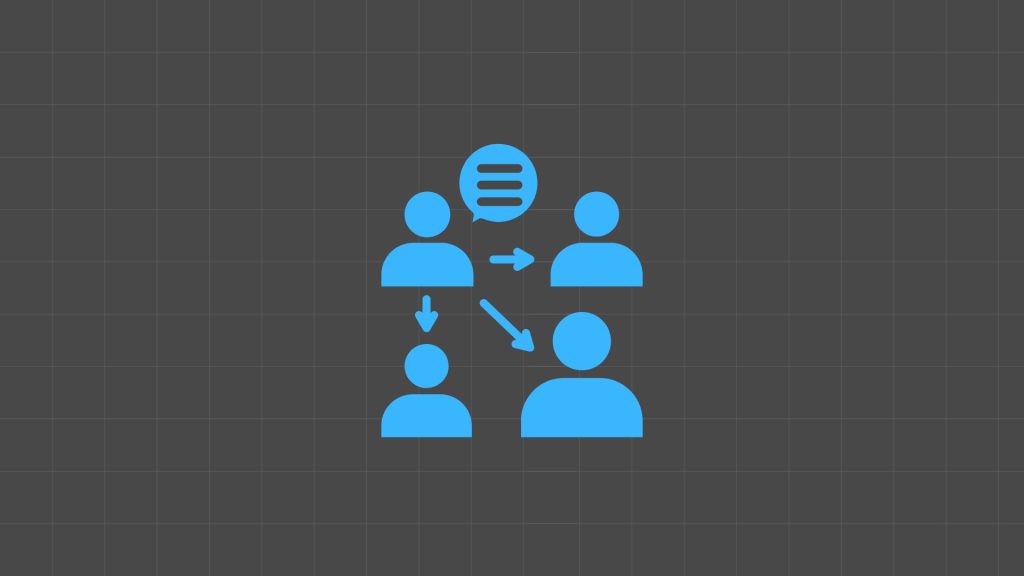A few years ago, I was sitting in my apartment, staring at my laptop, wondering how the hell I was going to get clients without spending a fortune on ads.
At the time, I was juggling a freelance career and trying to scale a digital product. Cold emails weren’t converting. Twitter threads barely got traction. And paid ads? Money sink.
So I did something weird.
I started making faceless YouTube videos.
With AI voice and without my face. Just visuals, text, storytelling, and strategy.
Today, I run five faceless YouTube channels, each in a different niche — and every single one of them brings in leads, clients, or affiliate income on autopilot.
But that’s not the best part.
What really changed everything was a strategy I stumbled upon accidentally — something I now call The YouTube Referral Network Strategy.
I’ll break it all down for you in a minute, including how to set up your own referral flywheel using faceless videos.
Why YouTube Works (Even If You Never Show Your Face)

YouTube is the second biggest search engine in the world. But unlike Google, it gives you an unfair advantage.
When someone watches a video from you — even a faceless one — they spend minutes immersed in your world. Your beliefs. Your style. Your knowledge.
That kind of attention is gold.
Here’s what makes YouTube different:
- You don’t need followers to get views. One good video can bring in thousands of eyeballs through SEO or the algorithm.
- Your content lives forever. I have a faceless video that took 3 hours to create and still brings me leads 18 months later.
- Trust builds fast. A good video establishes authority in a way a tweet never could.
And no, you don’t need a million views.
My highest-converting client lead video has 2,178 views. Just over two thousand. But that video alone brought in $18,000 in client revenue over the next few months.
So if you’re selling a service, a product, or a newsletter, YouTube isn’t optional anymore.
It’s the move.
The Problem Most People Miss

“Sure, but I don’t want to show my face or talk on camera.”
Neither did I.
In fact, I tried it once and hated how stiff I looked. I stumbled over words. Re-recorded 11 times. Never published it.
So I tried something different.
I created explainer-style content using:
- Stock video
- Motion graphics (using tools like Pictory or Premiere Pro)
- AI voiceovers or text-only narration
- B-roll and captions
Suddenly, I wasn’t the product anymore — the idea was the product.
Here’s why faceless content works so well:
- It’s scalable. I can script, edit, and publish across 5 channels using a team and templates.
- It’s systemized. The content doesn’t rely on my personality or schedule.
- It’s evergreen. No burnout, no energy drain.
But that’s just the starting point.
Once I had videos live and ranking… I realized something wild.
They could refer traffic to each other.
Which leads us to the secret sauce.
The YouTube Referral Network Strategy (What It Is, and How I Use It)

This strategy sounds fancy. It’s not. But it’s stupidly powerful.
Here’s how it works:
- Each channel becomes a node in a larger network.
- Each video strategically links or refers to a video (or asset) on another channel.
- This creates a self-sustaining ecosystem of cross-referrals — like building your own YouTube algorithm.
Let me paint the picture.
One of my channels is in the “personal finance” niche.
Another is in “freelancing tips.”
Another covers “digital tools and automation.”
At first glance, these are separate. But in practice, they serve the same avatar — someone who wants to earn more online.
So I created a simple system:
- At the end of a personal finance video, I say (via text or voiceover), “Want to start earning more? Check out this freelancing method that works.”
- That freelancing video lives on Channel B.
- Inside Channel B, I send viewers to a tool breakdown video on Channel C.
- Channel C links to a lead magnet or email list.
Visual: YouTube Referral Flywheel

Each node refers traffic to the next, just like internal linking on a blog.
But it’s better. Because video keeps people engaged longer. And cross-channel referrals build massive trust through perceived scale.
Won’t People Get Confused by Multiple Channels?

I get this question a lot.
Why not just publish all the content on one channel?
Here’s why I don’t:
- YouTube’s algorithm favors niche consistency. If your audience comes for freelancing content and you suddenly post a tool tutorial, it tanks.
- With multiple channels, you can test messaging and branding separately without hurting your main brand.
- It lets you build partnerships and white-label content more easily. I’ve sold or licensed two of my channels to other creators without disrupting the network.
Each channel is a door to the same house — they just enter from different angles.
The Results (and Mistakes You Can Avoid)
Here’s what happened after I started using this strategy:
- My lead flow tripled in 6 months.
- I stopped relying on Twitter for audience growth.
- I built an email list of 11,000+ subscribers from video traffic alone.
- I generated over $75,000 in client work, consulting, and product sales — all from faceless content.
But here’s what I got wrong early on:
Mistake #1: No Clear Funnel
I used to send people from YouTube to a generic homepage. Don’t do that.
Every video should point to a clear CTA:
- Free download
- Tool stack
- Waitlist
- Email sequence
Mistake #2: Not Tracking Conversions
Until I started using UTM links and segmenting by channel, I had no idea where leads came from. Once I tracked them, it was eye-opening — 80% of my highest-quality leads came from one 5-minute video.
Mistake #3: Too Much Production, Too Little Publishing
Perfection kills momentum. Today, I focus on MVP content — Minimum Viable Production. Good script, clean edit, strong CTA. That’s it.
What You Should Do Next
You don’t need five channels to start. You need one channel with intention.
Here’s a checklist to get started:
- Pick a niche your dream client searches for
- Create 3–5 videos targeting pain points
- Add faceless visuals or AI narration
- Link to a second video or asset that solves the next problem
- Track every click and subscriber
- Repeat and scale
Bonus tip: Partner with a creator who already serves your audience. Offer to create a video for their audience that links back to yours. Instant traffic loop.
I don’t have a million subscribers.
I’m not “YouTube famous.”
But I run a profitable, scalable business — powered almost entirely by faceless videos and referral loops.
It still blows my mind how a 4-minute clip about “freelance writing myths” brought in two $5k clients.
So here’s my challenge for you:
What’s one thing you could teach your dream client today… without showing your face?
Turn that into a 3-minute video.
Put it on YouTube.
Then link it to the next problem they’ll have.
That’s the start of your referral flywheel.
Recommended Tools For Solopreneurs
Growharo Alert – The daily minimalistic newsletter about building faceless YouTube channels, newsletter businesses and profitable content ecosystem. Join now.
Get 120 premium email marketing prompts and much more from helpful resoursces form Haus of Nume.
Building Newsletters
Kit – A newsletter platform loved by successful entrepreneurs for its ability to create an all-in-one place for content and digital product distribution. Get free account.
Beehiiv – Simplicity and effectiveness are the mottos of this newsletter platform. It is so powerful that most successful newsletters use it. Start for free.
Building Faceless YouTube Channels
ElevenLabs – One of the best and cheapest tools that can give you human-sounding AI voices. I use it for multiple of my channels. Learn more.
Free Tools For Faceless Creators
If you are trying to create a faceless YouTube channel, newsletter, or just any side hustle, check out these free tools made for digital hustlers.
Disclosure: Some of the links above may contain affiliate partnerships, meaning, at no additional cost to you, Growtharo may earn a commission if you click through to make a purchase.
- Why Batching Interlinked Series Makes YouTube Growth Easier - September 4, 2025
- Key Man Risk Explained: Build a Business That Outlives You - September 3, 2025
- Why Platform Loyalty Will Destroy Your Online Business - September 1, 2025

